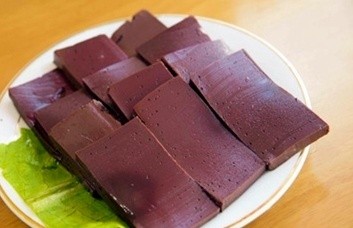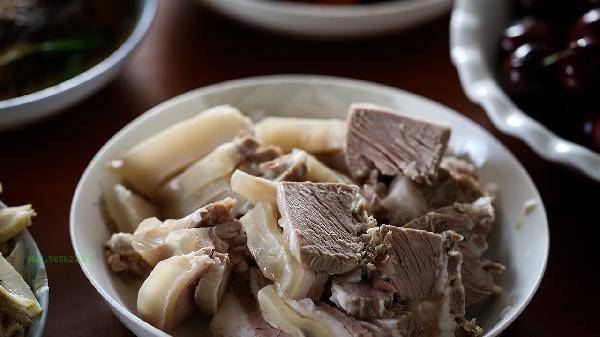Muscle inflammation generally takes 7-14 days to restore normal life, and the actual recovery time is affected by factors such as the degree of inflammation, treatment methods, personal constitution, nursing measures, and underlying diseases.

1. Degree of inflammation
Inflammation caused by mild muscle strain or strain can usually be relieved by resting for 3-5 days. When moderate inflammation is accompanied by local swelling, cold and hot compress and medication intervention are necessary, and the recovery period may be extended to 1-2 weeks. Severe muscle tears or infectious myositis require professional medical intervention, and complete recovery may take more than one month.
2. Treatment methods
Timely use of RICE principles such as rest, ice compress, pressure bandaging, and raising the affected limb can shorten the recovery period. Non steroidal anti-inflammatory drugs such as ibuprofen sustained-release capsules and diclofenac sodium sustained-release tablets can alleviate symptoms. Physical therapy such as ultrasound or electrotherapy can promote tissue repair and is more efficient than simply resting.
3. Personal constitution
Adolescents have a faster metabolism and faster muscle repair than middle-aged and elderly people. Regular exercisers usually have a shorter recovery period compared to sedentary individuals due to better muscle flexibility and blood supply. Individuals with malnutrition or chronic wasting diseases may experience a significant decrease in tissue regeneration ability.

4. Nursing measures
Ice compress within 48 hours during the acute phase can reduce inflammatory exudate, while hot compress in the later stage can accelerate blood circulation. Moderate stretching to prevent adhesion but avoid secondary damage. While wearing protective gear to stabilize muscles, low-intensity rehabilitation training should be gradually carried out.
5. Basic disease
diabetes patients are prone to secondary infection due to microcirculation disorders, and the recovery period needs to be prolonged. Patients with rheumatic and autoimmune diseases may experience recurrent muscle inflammation and need to control the primary disease simultaneously. Long term use of glucocorticoids can slow down tissue healing.

During the recovery period, it is recommended to maintain high-quality protein intake and supplement with moderate amounts of vitamin C and omega-3 fatty acids to help alleviate inflammatory reactions. When gradually resuming daily activities, low impact exercises such as swimming and cycling can be used for transition. If there is still significant pain or restricted movement after 2 weeks, it is necessary to investigate whether there are complications such as tendon injury and stress fracture. Using pillows to elevate the affected limb at night, combined with local massage, can improve blood circulation during sleep.








Comments (0)
Leave a Comment
No comments yet
Be the first to share your thoughts!